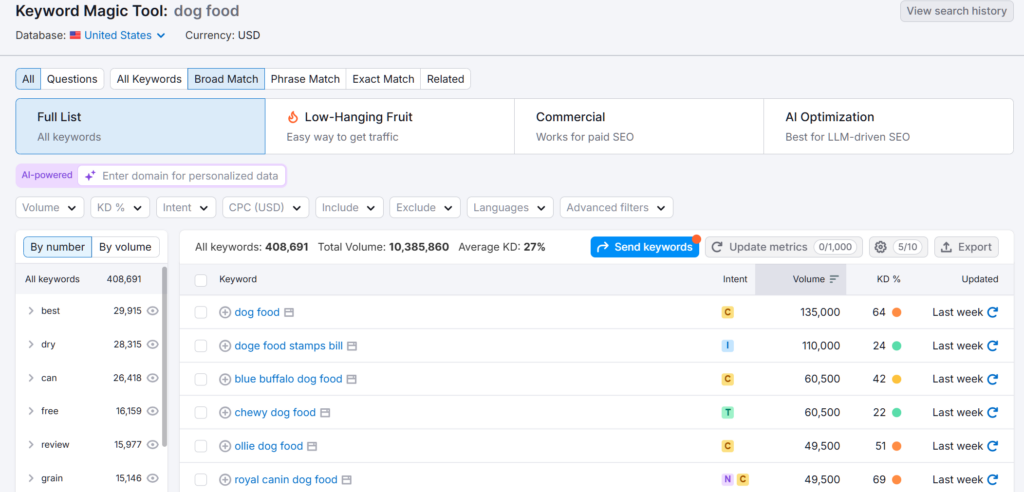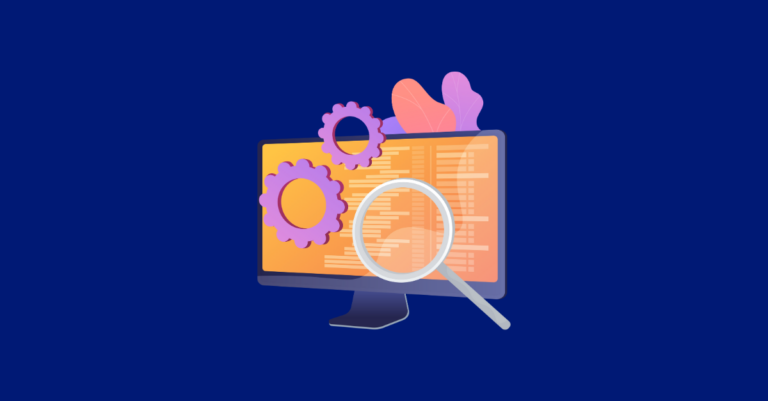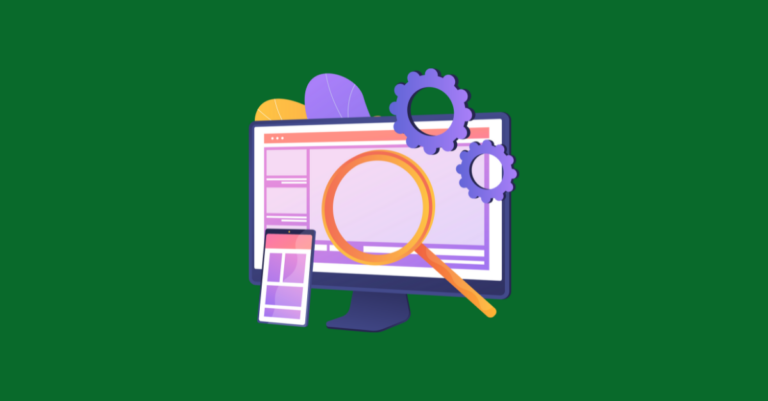What Is User Intent in SEO?
Quick answer: User intent is the reason behind a search. Match it clearly, and Google (plus its AI Overviews and AI Mode) can reward you with visibility.
TL;DR
- Map every target keyword to informational, navigational, commercial, or transactional intent—then write only for that intent.
- Internally link top-funnel → mid-funnel → bottom-funnel so Google and readers glide toward conversion.
Why User Intent Rules the Rankings
Since the Hummingbird overhaul in 2014, Google’s models read queries like ideas, not strings of words. Today’s search engine weighs context, synonyms, and user behaviour signals (click-throughs, dwell time, pogo-sticking) to decide if your page truly satisfies the searcher. Miss the intent, and even a powerhouse brand can sink.
The Four Core User Intent Buckets
| Intent | What the searcher wants | Typical SERP Features | Best-fit Content |
|---|---|---|---|
| Informational | Learn something | Featured snippets, PAA, knowledge panels | How-tos, guides, explainer videos |
| Navigational | Reach a specific site/page | Brand result, sitelinks, site search box | Homepage, login, support hub |
| Commercial | Compare options before buying | “Best/top” listicles, reviews, star ratings | Roundups, comparisons, testimonials |
| Transactional | Act or buy now | Ads, Shopping carousel, local pack | Product pages, pricing, strong CTAs |
1. Informational Intent—Teach First
Concept: The searcher wants an answer, not a sales pitch. This is usually your top-of-funnel content.
- Open with the definition or solution in a single, tight sentence or two. Be clear and concise about your subject.
- Use headings that mirror common questions the searcher may be scanning for.
- Add graphics, mini-videos, or quick tips to boost engagement but keep them aligned to the informational intent.
- Soft CTA only (newsletter, free PDF).
2. Navigational Intent—Be the Obvious Destination
Concept: The user is already looking for you.
- Clear, brand-first titles and metas.
- Organizational schema to encourage sitelinks/search box.
- If you’re not the target brand, move on—little value here.
3. Commercial Intent—Prove It
Concept: The searcher is weighing choices.
- Deliver comparisons, pros/cons, and data at a glance.
- Review schema.org for star snippets.
- Sprinkle first-hand stats or quotes to earn trust.
- Link naturally to your product demo or case study.
4. Transactional Intent—Remove Friction
Concept: Make buying (or signing up) effortless.
- Prominent CTA above the fold—“Buy Now,” “Start Free Trial.”
- Show price, specs, FAQs, and trust badges without scrolling.
- For local queries, keep Google Business Profile spotless.
- Sweeten the pot: free shipping, limited-time offer, etc.
How to Diagnose User Intent Quickly
- Google the keyword. The layout (snippets vs. ads vs. products) tells all. What type of webpage is Google ranking for the query?
- Read the titles. “How,” “What,” “Buy,” “Best” are dead giveaways.
- Check SERP extras. Stars → reviews, Shopping → transactional, PAA → informational.
- Leverage tools. Ahrefs, Semrush, and similar platforms tag intent at scale—use them for large lists, but always sanity-check with a manual SERP peek.
For example, Ahrefs Keywords Explorer categorizes intent for you. Ahrefs uses AI to identify dominant intent:

There are also tools like Semrush, which, in their Keyword Magic tool, assign intent labels and shows SERP features present:

Turning Intent into Conversions
Build Topic Clusters
- Pillar page covers the big idea (e.g., “Project Management 101”).
- Cluster pages tackle sub-topics: definitions (informational), comparisons (commercial), pricing (transactional).
- Interlink everything so users glide down the funnel while link equity flows up.
Use Guided Internal Links
- Informational ➜ Commercial ➜ Transactional (and reverse when necessary).
- Descriptive anchor text tells both user and Google what’s next.
- Map links to the buyer journey, not random keyword overlaps.
Stage CTAs by Intent
- Informational: low-commitment (subscribe, download).
- Commercial: demo, case study, free trial.
- Transactional: purchase, sign-up, “call now.”
- Track the flow, fix bottlenecks, repeat.
FAQ
What are the four types of user intent?
Informational, navigational, commercial, and transactional.
How can I tell which intent a keyword has?
Check the live SERP: snippet-heavy pages signal informational, sitelinks signal navigational, “best/top” lists signal commercial, and ads or Shopping carousels signal transactional.
Can one keyword carry multiple intents?
Yes—mixed-intent SERPs exist. Either target the dominant intent or create separate pages for each angle.
Why does matching intent boost rankings?
Google rewards pages that satisfy the searcher fastest; mismatched intent leads to low engagement signals and drops you down the stack.
Does intent matter for AI Overviews and other LLM results?
Even more so! LLMs lift concise, direct passages that perfectly answer the detected intent.







